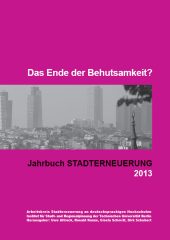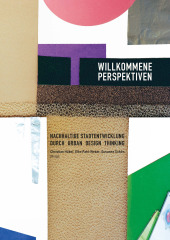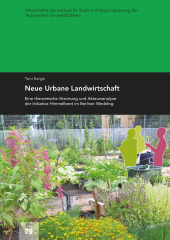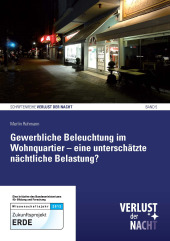Modernes Erbe – Perspektiven des denkmalpflegerischen Umgangs mit den Zeugnissen des sozialistischen Städtebaus am Beispiel Aktau/Kasachstan
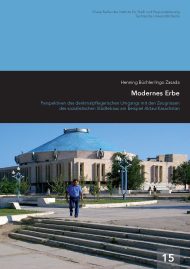
Format: 21,0 x 29,7 cm
Publishing year: 2008
Even 15 years after the break-down of the socialist political system the working field in science and historical preservation regarding socialist post-war modernism remain marginal. Nevertheless on an international bias first discussion attempts are recognisable and socialist post-war modernism is increasingly recognized as a serious art-historic era. Accordingly it is becoming an object of historic preservation. So this work focuses on an approach conjoining urban development with historical preservation and maintenance issues in the socialist planned city Aqtau/Kazakhstan. In the framework of the assessment process the extent of historical value of single buildings, neighbourhoods as well as comprehensive urban structures are derived. Thereby the extraordinary implementation of principles of socialist urban design is acknowledged. After all, the city represents an important document of the socialistic era. Especially the linkage of traditional and industrial construction types as well as the integration of regionally influenced and modernist architectural language is remarkable. Alongside with solitary buildings a value of historical heritage has been also identified for the city centre ensemble and the underlying urban texture. The requirement to allow future ability for urban development on the one hand and the maintenance interest on the other hand are weighted and balanced within the preservation concept. Therefore the core element is represented by a guideline delineating three zones of different degree of preservation intervention and adjusted measures. Moreover the exposure with historic valuable objects, the relevance of public informa-tion and participation as well as options of implementation including international networking and co-operation are pointed out. The chosen approaches highlight potentials to open up the Kazakh preservation practise and outline a framework for further engagement in science and practical work.
